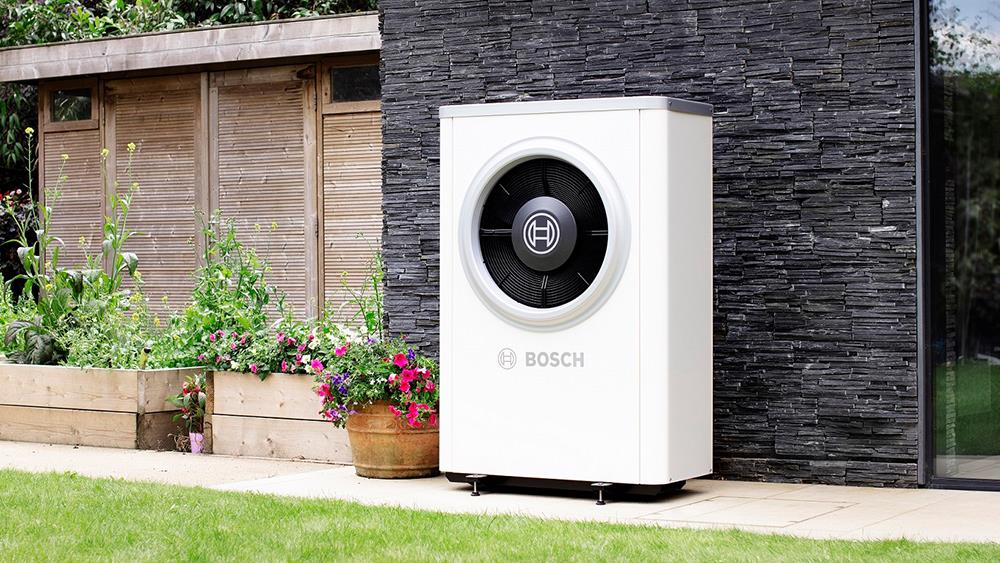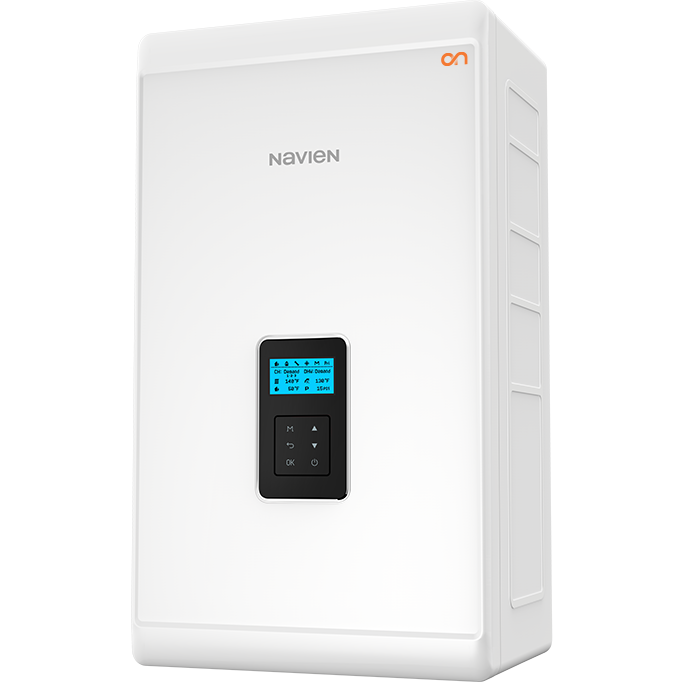When to bleed your radiators
There are a variety of reasons why you may need to bleed your radiators, including:
-Cold spots at the top of the radiator: This is the most common reason why a radiator needs bleeding. This occurs when the air becomes trapped in the radiator and is unable to escape, meaning the hot water cannot circulate through the radiator like it normally would.
-Damp or mould: If you start seeing mould or a room is damp after little usage, then this might be caused by your radiator. Mould is caused by bad circulation and humidity, so it is important to bleed your radiator if you start to notice that the room is damp or has mould.
-Rattling radiators: Noisy radiators, whether it be a rattling or gurgling sound, should be bled and checked for issues by a heating specialist. As there are a variety of reasons why a radiator might be making unusual sounds, it is best to also get it checked out in case there are any risks or if the radiator is close to breaking completely.
What tools do I need to bleed my radiators?
There are only two tools that you will need to successfully bleed your radiators: a radiator bleed key and anything that can catch water (such as a jug or a cloth). Radiator bleed keys can typically be found in hardware shops, but if not, a flat-headed screwdriver may also work.
How do I bleed my radiators?
Before starting to bleed your radiators, you must first identify which radiators need bleeding, as not all of your radiators may need it. You should start with the radiators closest to the boiler on the ground floor. From there, you should work your way backwards, away from the boiler. You should work your way from storey to storey.
–Step 1: Make sure your heating is turned off and all of the radiators are cold.
–Step 2: Place your jug or cloth under the bleed valve and insert the bleed key.
–Step 3: Turn the bleed key anti-clockwise to loosen the valve; this will allow the trapped air to escape.
–Step 4: Once the water starts to escape, turn the key clockwise to tighten the valve. When water starts to escape, this means that all of the trapped air has been released.
–Step 5: Repeat on all radiators.
–Step 6: Once all required radiators have bled, you should check the pressure to ensure it has not dropped.
–Step 7: Turn on the heating to check if the radiators are working.
Additional Information
Can the heating be on while bleeding your radiators?
The heating MUST NOT be on while bleeding radiators due to how hot the water is. As some water may escape when bleeding the radiators, it could cause a burn if it comes into contact with your skin. In addition to this, more air may get into the radiator while the valve is loose if you have your heating on.
How can I tell if bleeding my radiators worked?
Once all radiators have bled, the heating should be turned back on to test the radiators. You should look for how long the radiators take to heat up, and if there are any cold spots on the radiator. If there are still issues after bleeding your radiators, you should contact a boiler specialist for further guidance.
How often should I bleed my radiators?
Though not essential, it is recommended to bleed your radiators once every 6 months to ensure that there are no build-ups of sludge or trapped air.
What are the advantages of bleeding my radiators?
There are a variety of benefits to bleeding your radiators such as:
-Efficiency: Your boiler and central heating system will be more effective at heating a room faster if the trapped air is removed regularly.
-Energy-efficient: As the radiators will not lose heat to the trapped air, less energy will be required to heat the room. This results in fewer fuels being burned and therefore is more environmentally friendly.
-Identify issues: If the radiators are already having issues, bleeding them will determine whether the trapped air was causing the problems or not. If bleeding your radiators doesn’t help, you should contact a heating specialist for further assistance.
If you would like a new boiler installed, or need any boiler assistance, please do not hesitate to contact us at info@bradfordboilercompany.co.uk or 01274 317169.



